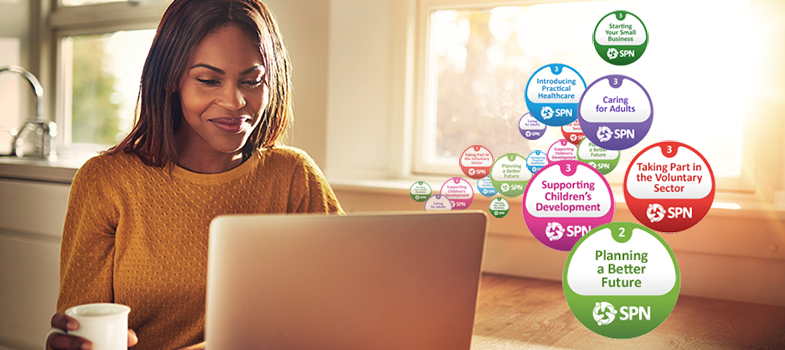2.2 Flat rate VAT – a simplified arrangement for UK small businesses
The flat rate scheme assumes a certain percentage of a UK business turnover should be claimed back since VAT registered businesses do not pay VAT on certain purchases, so rather than keeping complicated VAT receipts a small business keeps back a portion of the VAT paid by customers instead of claiming VAT back. The percentage that is retained depends on the industry the business operates in.
These comments are only applicable in the UK. If you are not studying this course in the UK we suggest you research the rules on VAT in your host country.
The flat rate scheme figure is set depending on the type of product or service being provided.
For example, our case study Turn-it-round is VAT registered. At the time of writing, the flat rate scheme figure for business services is 12%. So if a customer were to be charged £100 for a session, they would pay £100 + 20% VAT which is £120.
Turn-it-round would work out the VAT (based on the total paid) £120 x 12% = £14.40 which is then paid to the HMRC in the quarterly return.
So Turn-it-round would get £5.60 to balance out the VAT that would have been paid. This means Turn-it-round would not need to keep VAT receipts for all the goods and services purchased.
The table with current scheme values can be found at: https://www.gov.uk/ vat-flat-rate-scheme/ how-much-you-pay [Tip: hold Ctrl and click a link to open it in a new tab. (Hide tip)]
2.1 Value added tax (VAT)
